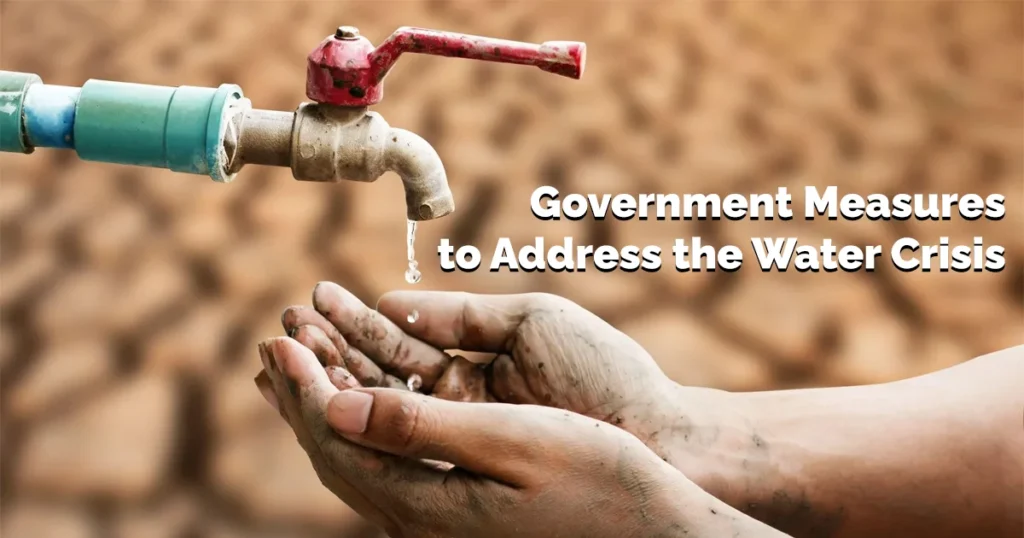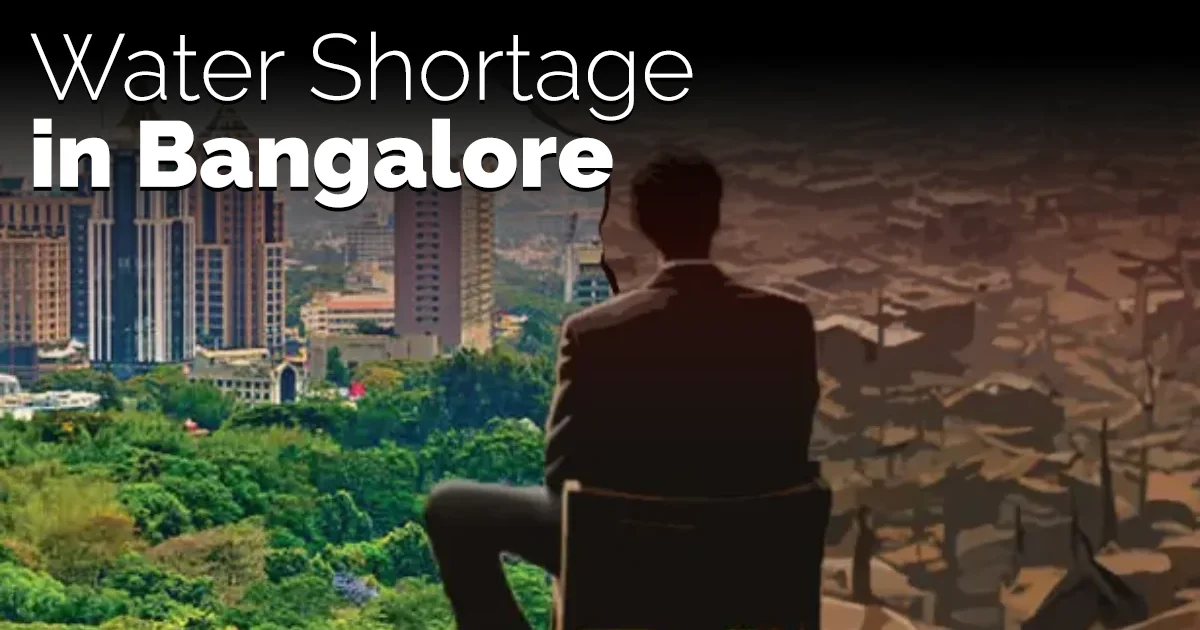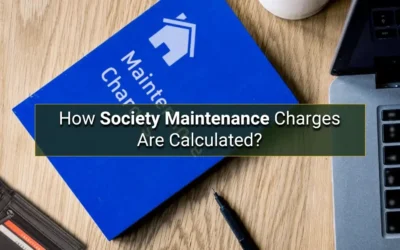2025 marks a watershed juncture in Bangalore, India’s technocentric capital, because of an increasingly conspicuous dearth of water. This thriving site, brimming with the best brains in the world, does not even fulfill one of the most basic human needs: that is, access to water.
The Bangalore water crisis has gone to tragic proportions, bringing into extreme imbalance in the demand and supply. Some residents of several localities suffer disruptions almost regularly while resulting in steep costs incurred by many enterprises in order to secure extra supplies of water.
The water shortage in Bangalore has now reached a point where it has no longer remained a sporadic nuisance, but it stands as one of the defining challenges of urban living. Thus, this blog highlights causes, impacts, and long-term solutions, along with areas in Bangalore that receive proper water supply and a group of areas that struggle with no water.
See also: Monsoon Safety Tips for Home: Best Maintenance Guide for 2025
Understanding the Water Problem in Bangalore
The issue of the water problem in Bangalore is age-old. The city has, for years, been depending on groundwater extraction and supply from the Cauvery River to meet its ever-increasing demands. But the gap between demand and supply has reached alarming proportions. Experts predict that in 2025, Bangalore will require nearly 2,100 million litres per day (MLD), whereas the actual supply is deficient by about 20-30%.
This gap has given rise to several water-deficient areas within the city where residents are forced to rely on private tankers, borewells, and exorbitantly priced water deliveries.
Causes of Water Shortage in Bangalore
It has been said that the water shortage in Bangalore is due to several reasons:
Rapid Urbanization and Population Growth
The infrastructure fiend has been unable to cope with an estimated population of more than 1.4 crore by 2025. Rampant construction, continual growth of IT hubs, and migration into the city from all corners have massively increased water demand.
Overdependence on Groundwater
The proliferation of borewells has lowered the groundwater table to alarming levels. In many water-scarce regions of Bangalore, borewells have ceased functioning in the summer months, putting residents in situations of “no water in Bangalore.
Degradation of Lakes and Natural Reservoirs
In bygone days, there were more than 260 lakes in Bangalore used as natural water catchments. Nowadays, encroachment and pollution have reduced the efficiency of only a few, thus aggravating the water scarcity of the city.
Poor Water Management Practices
Leakages, illegal connections, and poorly treated sewage are all contributing factors to the gross wastage of all the water that is actually available. About 45 percent of the treated water arriving in Bangalore gets lost between the point of arrival in the city and the homes of consumers.
Climate Change and Irregular Rainfall Patterns
Changing patterns of summer monsoons have worsened the Bengaluru water crisis. Less rainfall in recent years has reduced the recharge of aquifers and lakes, thereby worsening scarcity.
See also: Top Reasons Why Koramangala Bangalore is Most Desired Locality
Impact of the Bangalore Water Crisis
The water scarcity in Bangalore affects not only households but also many others.
Residential Hardships
There are many households with intermittent supply, which require long waits for tanker deliveries. Life becomes difficult in fulfilling even the basic needs.
Economic Consequences
Industries and IT companies are under pressure too. Water costs are high and unstable, due to which concerns rise about Bangalore’s long-term economic sustainability; hence, productivity gets affected along with operational expenses.
Public Health Concerns
Poor access to clean water predisposes one to water-related diseases. In most of the water issues in Bangalore, most people drink contaminated borewell water.
Social Inequality
In wealthy areas, people are able to afford tanker water or use advanced filtration systems, while poorer populations suffer grabs a disproportionately large share by catching more cold. The crisis is intensifying social divides in the city.
Water Problem Areas in Bangalore
One of the most common queries among residents is which area is having water problems in Bangalore.
Some of the areas most affected by water problems in Bangalore in 2015 are:
- Whitefield has seen a lot of development in IT and has increased population density, which has put a lot of strain on resources.
- The Sarjapur Road relies most on a borewell and the effect of this is the high depletion rate.
- Marathahalli & Bellandur have high-rise apartments, and the lack of lake management has contributed to the increased shortage.
- Electronic City, although it is a technology hub, has a lack of continuity in terms of water supply.
- The Yelahanka outskirts had ample water supply, but now it is starting to become dry due to unplanned development.
See also: Property Price Trends in Bangalore 2025: Growth, Drivers & Future Outlook
Bangalore Areas with No Water Problem
Equally important is the question: Which areas in Bangalore have a good water supply?
A few neighborhoods are said to be more or less stable based on there being some infrastructure, access to good Cauvery supply, or the proximity to rejuvenated lakes. Water-problem-free areas in Bangalore are:
- Malleswaram – old localities deemed to have established Cauvery pipelines.
- Basavanagudi – having access to more or less steady municipal supply.
- Jayanagar – Strong infrastructure vis-ŕ-vis water levels, which tend to be more or less stable.
- Sadashivanagar – One of the few areas that are less dependent on borewell.
Thus, Which part of Bangalore does not have a water problem? Primarily, central and older parts of the city face lesser challenges as compared to newer fast-growing suburbs.
Government Measures to Address the Water Crisis in Bangalore

The Bangalore water crisis has been addressed through various steps by the authorities:
- Cauvery Water Supply Scheme (CWSS) Expansion: Phase IV is on now, but not yet completed. Phase V is designed to extend the supply to the outskirts.
- Lake Rejuvenation Projects: Belandur and Varthur are just two of the dying lakes undergoing restoration.
- Rainwater Harvesting Obligations: This requirement applies both to the builder and the owner.
- Sewage Treatment Plants (STPs): Reuse of more treated wastewater in industrial and non-potable uses is rising.
- Groundwater Regulation: Authorities are coming up with stringent borewell drilling regulations.
See also: AP TIDCO Houses Full Form, Meaning & Benefits Guide
Sustainable Solutions for the Future
To find a solution for water scarcity in Bangalore in the long run, there ought to be an approach that is sustainable:
1. Large-Scale Rainwater Harvesting
A rainwater harvesting system must be installed in every house and trade building in order to preserve water and to minimize external water resources.
2. Recycling of Wastewater
Treated sewage water can competently replace freshwater usage by industries and landscaping.
3. Changes in Urban Development
All future developments must take into account the availability of water and incorporate water conservation technologies.
4. Restoration of Lakes and Aquifers
Restoring traditional water bodies will help in recharging groundwater and create some natural buffers against drought.
5. Public Awareness Campaigns
Educating the citizenry on conservation actions such as low-flow fixture use, greywater reuse, and minimization of wastage is indispensable.
Final Word
Water Shortage in Bangalore 2025 is an alert for policymakers, citizens, and industries alike. While areas for concerns related to water continue to grow in Bangalore, there are blue areas in Bangalore which have no water problem and quite portray the value of planning, infrastructure, and conservation.
It’s not “Will Bangalore one day run out of water?” but “What have we got to do in concert to make sure it doesn’t?”
With a blend of government initiatives, empowering citizens’ engagement to an extent, and a re-engineered sustainable water management, the urban crisis may be maneuvered for this city and later become a promise for a global hotspot of innovation without putting at stake its finest resource.




